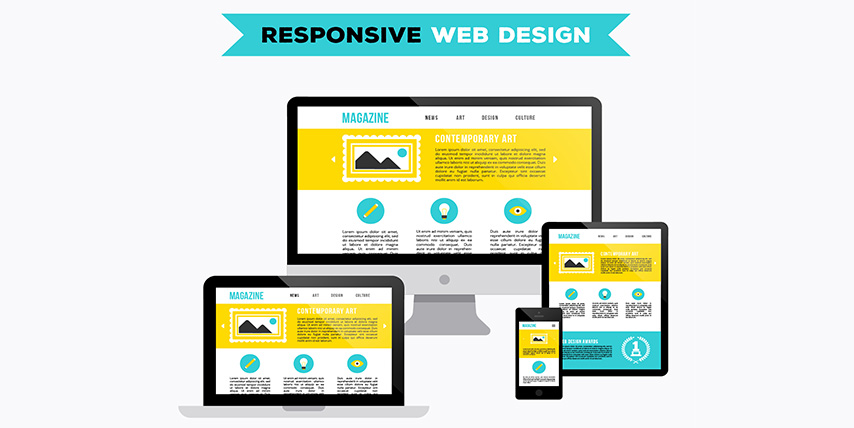Making a great responsive web experience asks for more than just dealing with what your consumer base requires. If you believe that just by making stylish layouts you will get the job done, you are missing the entire point.
The fact of the matter is that when it comes to making responsive web designs, web developers have to deliver a solid experience for users that will help them expand their reach between web-enabled devices and will allow them to create a whole new experience.
- Hiding your Content – a Huge Mistake:
The responsive sites share a single code base. This gives them the leverage of getting content parity. There are various responsive sites which remove or hide content in order to cate to smaller screens, which is not what you want. It is important to have your content in a presentable manner.
- Don’t Forget to Bloat it Up:
After 5 seconds of waiting for the page to load, 74% of mobile users may not wait any more. The bitter reality is that there are only 3% of the small screen versions responsive websites which are lighter than the large screen versions. The conclusion is that users need to go through the massive download burden.

- Do not Forget about Contextual Conventions:
Every device comes with its own form factor, constraints and interface conventions. All of the variables need to be considered when it comes to making an experience which will give a natural feel to users. Responsive navigation needs to be handled in ways that will allow the visitors to make sense of the contexts.
- Get Rid of the Unwanted Form Styles:
Mobile and tablet devices often have their own styles which can mess up the forms you made. You can also mix and match the format, depending on the type of form you reset.
- Deal with the Font Size Changes:
Rotating your device sideways can lead to changes in the size of the text which will ruin your pages and the layouts. This issue takes place with fixed position elements, including menus and navigation bars.
When it comes to making adaptive experience, we are sitting on the tip of the iceberg. While there are pitfalls in creating responsive web designs, there are solutions as well. Avail reliable amenities of website designing and avoid these pitfalls.

